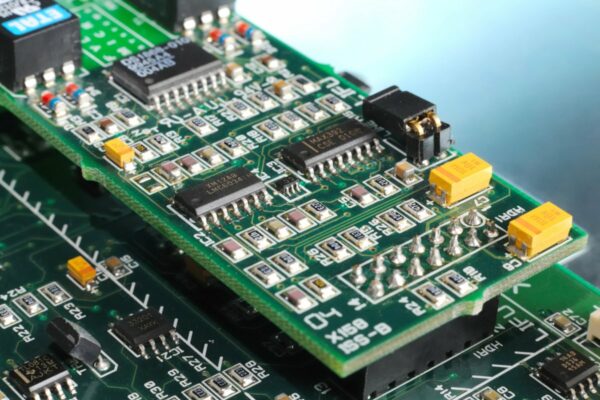What is End-to-end Design
End-to-end design refers to the comprehensive process of creating a product or system from start to finish, encompassing all stages and aspects of the design lifecycle. In the context of the PCB industry, end-to-end design involves the integration of various disciplines, such as electrical, mechanical, and manufacturing analysis, into the design tool. This integration allows designers to leverage these analyses and find innovative solutions to complex product design challenges.
The initial step in end-to-end design is the creation of a PCB layout using specialized software like Altium Designer, Autodesk EAGLE, KiCad EDA, or OrCAD. This software enables designers to develop a detailed schematic representation of the PCB, including copper tracking layers, drill drawings, and component notation. The output of this design process is typically a Gerber file, which encodes all the necessary information for the manufacturing of the PCB.
By adopting an end-to-end design approach, designers can streamline the entire design process, ensuring that all aspects of the product or system are considered and optimized. This holistic approach allows for better collaboration between different teams and disciplines, leading to improved product performance, manufacturability, and overall design quality.
Frequently Asked Questions
What Is the Most Essential Step in PCB Designing
The primary step in PCB designing is the layout design of the PCB. This process involves calling out all the parts through the Placement operation and establishing a flying line prompt connection between each pin, which enables the device to be laid out effectively.
What Are the 4 Stages of PCB Design Flow
We can divide the prototyping stage shown above (Design > Prototype > Validate) into four stages: Part Research and Selection, Schematic Capture and Simulation, Board Layout, and Verification and Validation.
What Are Gerber Files Used For
Gerber files are essential in the field of printed circuit board layout as they contain precise information regarding the shape and location of each element. Typically, each layer of the PCB layout data is stored in a separate Gerber file. This allows for the creation of stencils for various stages of the fabrication and assembly process.
What Is the Simplest PCB Design
The most basic PCB design consists of single sided boards with only one copper layer. However, it is also possible to have double sided PCBs where the copper traces are installed on both sides of the board.
What Is the Rule of Thumb for PCB
A general guideline for PCB design is to maintain a minimum spacing of 40mil between the components and a minimum spacing of 100mil between each component and the edge of the PCB. Additionally, it is advisable to avoid placing components too close to through-hole terminals on the solder side of the PCB.





